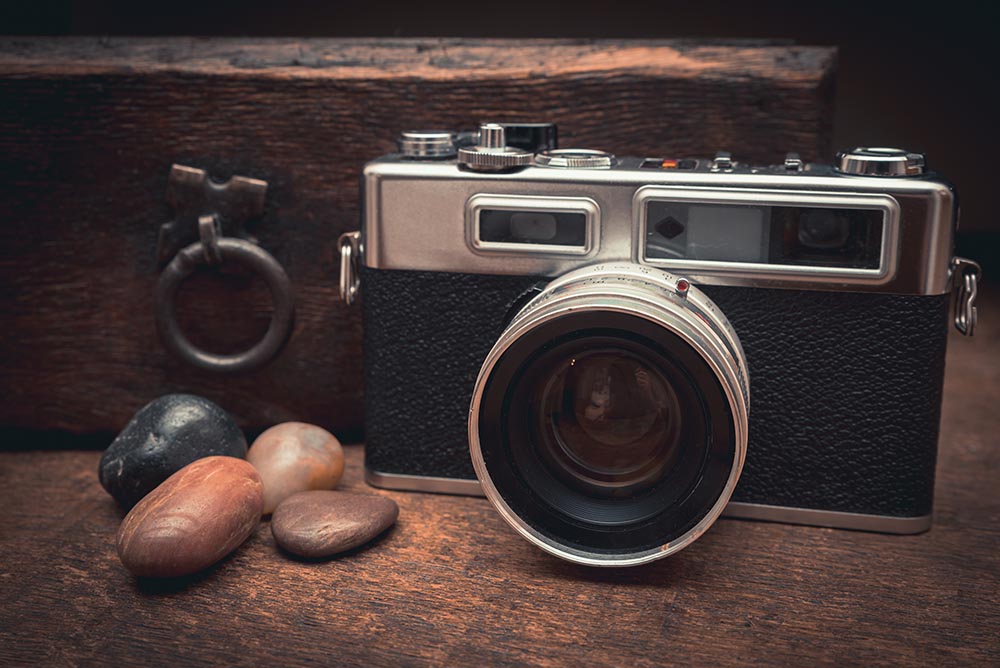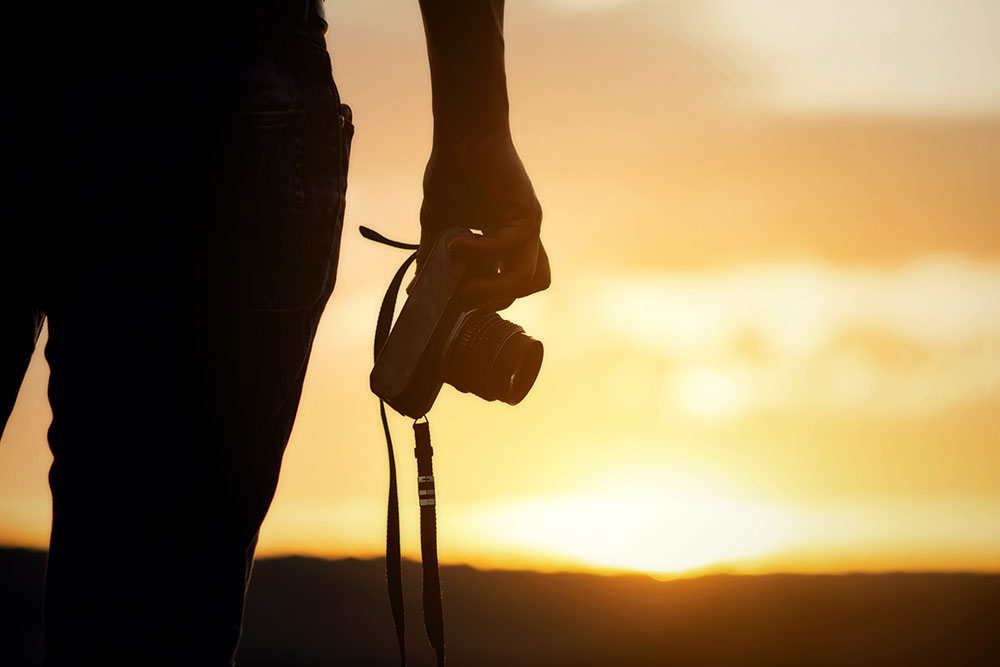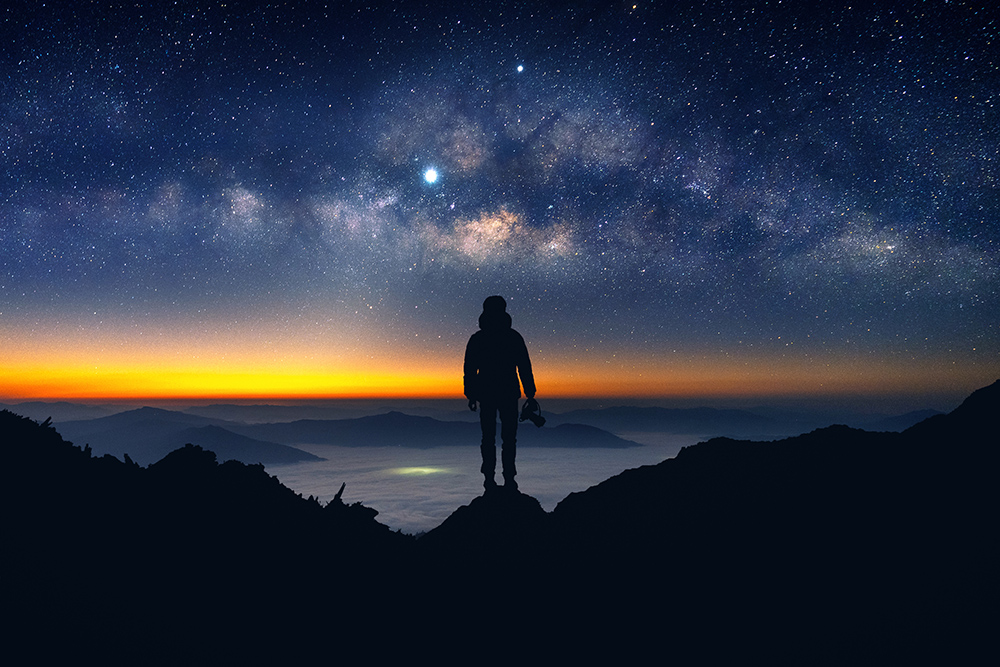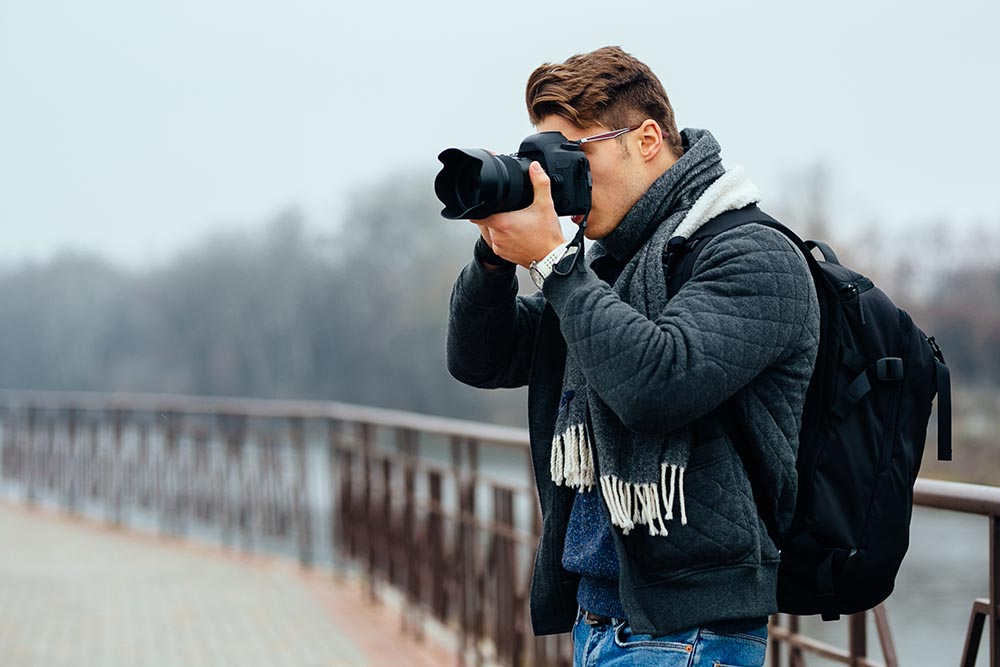Photography is an art form that has captured people’s imaginations for over 150 years. From the early days of black-and-white images to the modern era of digital photography, the evolution of this technology has been fascinating to witness. In this article, we’ll explore the history of photography, from its earliest beginnings to the modern era of Instagram and smartphone cameras.
Early Beginnings: Camera Obscura and the First Photographs
The history of photography dates back to the early 19th century when the camera obscura was first invented. This device used a simple lens to project an image onto a flat surface, essentially acting as a primitive camera. While the camera obscura was mainly used by artists as a tool for drawing, it laid the groundwork for the development of photography.

In 1826, French inventor Nicéphore Niépce created the world’s first photograph, using a camera obscura and a bitumen-coated plate. The image was blurry and took several hours to expose, but it was a significant step forward in the development of photography. Niépce continued experimenting with his process, eventually creating the first permanent photograph in 1827.
Advancements in Technology: From Daguerreotypes to the Kodak
As photography technology continued to develop, inventors began experimenting with new ways to improve the quality of images. In 1839, French inventor Louis Daguerre unveiled the daguerreotype, a process that created highly-detailed images on silver-plated copper. This process was expensive and time-consuming, but it became popular among portrait photographers.

In the decades that followed, photography technology continued to evolve. In 1888, George Eastman introduced the Kodak, the world’s first commercially successful camera. The Kodak was easy to use and allowed people to take their photographs, making photography accessible to a much wider audience. The invention of roll film in 1889 further revolutionized the industry, making it easier to take multiple photographs without needing to reload the camera.
The Rise of Photojournalism: Documenting Historical Events
Photography wasn’t just used for artistic purposes. In the early 20th century, photojournalism became a powerful tool for documenting historical events. During World War II, photojournalists like Robert Capa and Margaret Bourke-White risked their lives to capture images of soldiers and civilians caught in the conflict. Their photographs became iconic symbols of the war and helped to shape public opinion.

In the decades that followed, photojournalism continued to evolve. Photographers like Dorothea Lange and Gordon Parks used their cameras to document the struggles of marginalized communities, shining a light on issues of poverty, racism, and inequality. Today, photojournalists continue to play a vital role in documenting the world around us, from political protests to natural disasters.
Modern Photography: From Digital Cameras to Smartphone Cameras
Today, photography has become more accessible than ever before. With the advent of digital cameras and smartphones, anyone can take a photograph and share it with the world. Digital cameras allow for instant feedback and editing, while smartphone cameras are always with us, ready to capture a moment at a moment’s notice.
Social media platforms like Instagram have also changed the way we think about photography. With its emphasis on visually stunning images, Instagram has become a hub for photographers of all skill levels to share their work and connect with others. The platform has also given rise to a new generation of influencers and photographers who use their images to promote brands and create content.

The 21st century has seen significant advancements in the field of photography, particularly with the rise of digital technology. In the early 2000s, digital cameras became more affordable and accessible to the general public, leading to a rapid increase in the number of digital photographs being taken.
One of the most significant changes brought about by digital photography is the ability to instantly view and share photographs. With the rise of social media platforms like Facebook and Instagram, people are now able to share their photographs with a global audience almost instantly. This has given rise to a new era of influencer photography, where people with large social media followings can use their photography skills to promote products and services.
The Rise of Smartphone Photography
Another significant development in the 21st century has been the rise of smartphone photography. Today, most smartphones come equipped with high-quality cameras, allowing people to take professional-grade photographs with their phones. This has made photography even more accessible and has led to a rise in the number of amateur photographers around the world.

The 21st century has also seen significant advancements in digital image processing. Programs like Adobe Photoshop have made it possible to manipulate and enhance digital images in previously impossible ways with traditional film photography.
This has led to the development of new styles and techniques in digital photography and has allowed photographers to create images that are more imaginative and creative than ever before.
In recent years, there has been a growing interest in alternative and traditional forms, such as film and instant photography. Many photographers have returned to these older forms of photography to explore new creative possibilities and add a unique look and feel to their work.


